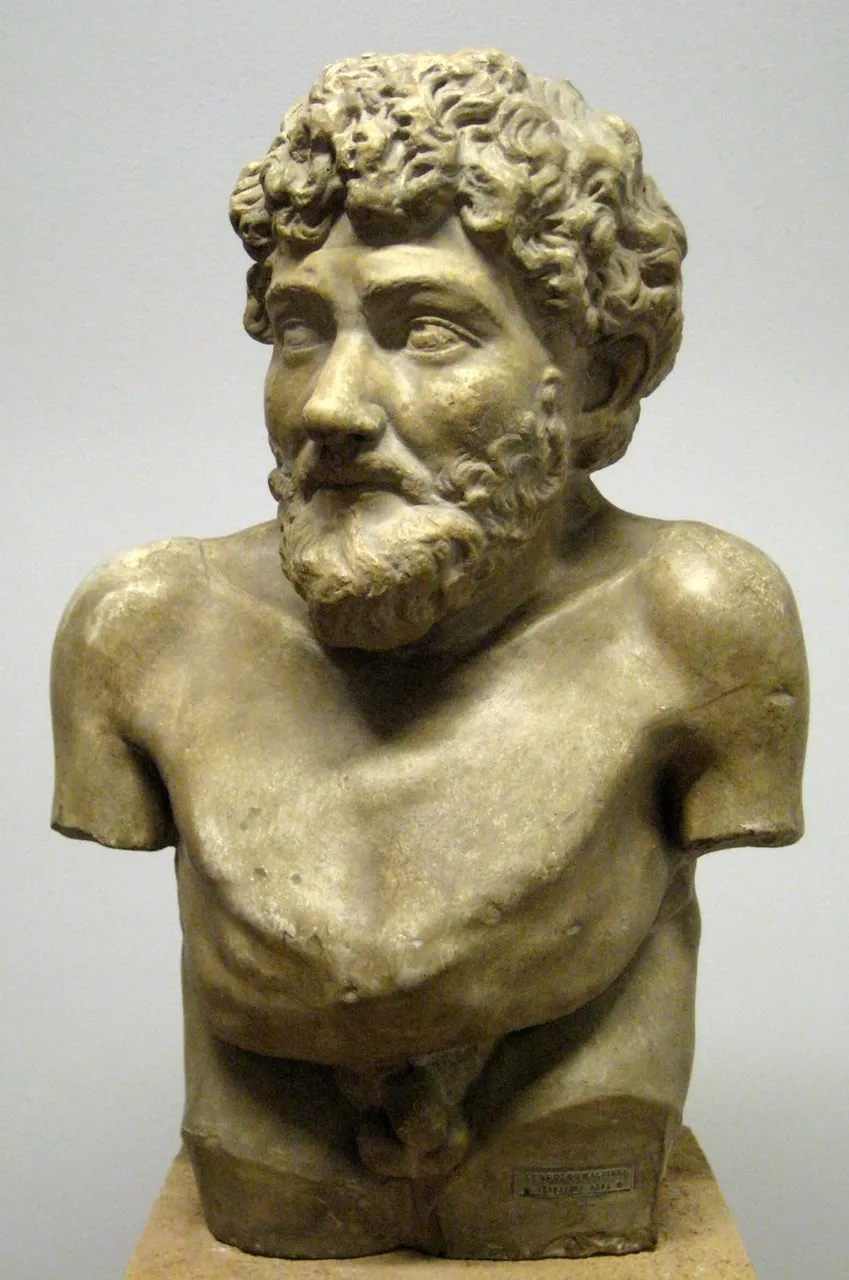The Life of Aesop, as told by Jean de La Fontaine, part 12

Let's go back to Nectenabo's challenge, Aesop chose eaglets, and instructed them (something that is hard to believe); he instructed them to each carry in the air a basket, which contained a young child. When spring came, he went to Egypt with all that crew; not without holding in great admiration and expectation of his design, the peoples among whom he passed. Necténabo, who, upon the rumor of his death, had sent the riddle, was extremely surprised at his arrival. He did not expect it, and would never have engaged in such a challenge against Lycurgus if he had believed Aesop to be alive. He asked him if he had brought the architects and the person that would answer questions. Aesop said that the person was himself and that he would show the architects when he was on the spot. They went out into the open country, where the eagles carried off the baskets with the little children, who cried out for mortar, stones, and wood. You see, said Aesop to Necténabo, I have found laborers for you; provide them with materials. Necténabo confessed that Lycurgus was the winner. However, he proposed this to Aesop: I have mares in Egypt who conceive at the whinnying of horses that are in Babylon. How do you respond to that? The Phrygian put off his answer until the next day; he went back home, and he ordered some children to take a cat, and lead it through the streets while whipping it. The Egyptians, who adore this animal, found themselves extremely scandalized by the treatment they gave it. They snatched it from the hands of the children and went to complain to the king. The Phrygian was brought into his presence. Do you not know, said the king to him, that this animal is one of our gods? So why do you treat him like this? It is for the offense he has committed against Lycurgus, replied Aesop; for last night he strangled an extremely brave rooster, which crowed at all hours. You are a liar, replied the king: how could it be that this cat had made such a long journey in such a short time? And how is it possible, said Aesop, that your mares hear our horses whinnying from so far away, and conceive when hearing them?
Following this, the king brought from Heliopolis certain personages of subtle minds, and scholars in enigmatic questions. He gave them a great feast, to which the Phrygian was invited. During the meal, they proposed various things to Aesop, among others: There is a great temple which is supported on a column surrounded by twelve cities; each of which has thirty buttresses, and around these buttresses walk, one after the other, two women, one white; the other black. We must refer, says Aesop, the question to the little children of our country. The temple is the world; the column, the year; the cities are the months; and the flying buttresses, the days, around which the day and the night walk alternately.
The next day, Necténabo assembled all his friends. Will you suffer, he said to them, that half a man, a runt, cause Lycurgus to take the prize, and cause me to be ashamed for my portion? One of them took it into his head to ask Aesop to do things for them that they had never heard of. Aesop wrote a certificate in which Nectenabo confessed to owing two thousand talents to Lycurgus. The schedule was placed in the hands of Necténabo all sealed. Before it was opened, the prince's friends maintained that the thing contained in this writing was of their knowledge. When it was opened, Necténabo exclaimed: This is the greatest falsehood in the world; I take you all to witness as long as you are. It is true, they said, that we have never heard of it. I have therefore complied with your request, replied Aesop. Necténabo sent him away laden with presents, both for him and for his master.
His sojourn in Egypt may have caused some to write that he was a slave with Rhodopis; she who, from the generosity of her lovers, erected one of the three pyramids which still exist, and which we see with admiration: it is the smallest, but that which is built with the most art.
Previous part: The Life of Aesop, part 11.
Next Part: The Life of Aesop, last part (13)
